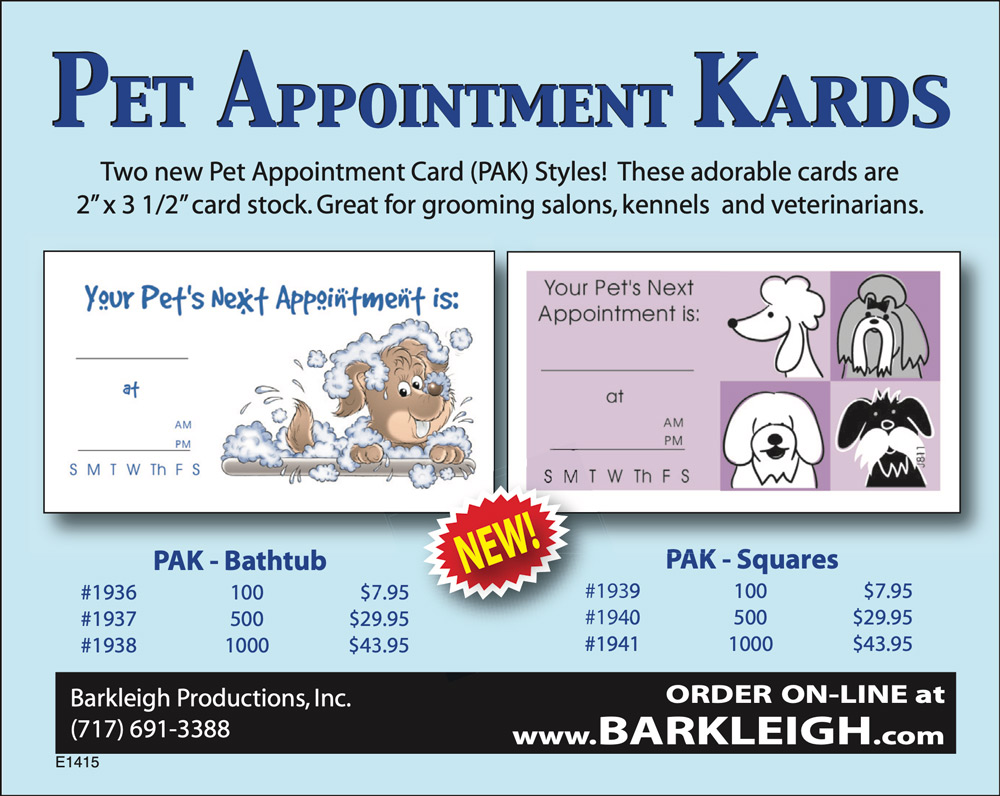




he veterinary industry has experienced multiple changes in its approach to pet care. Pet ownership in the U.S. continues to grow, with a majority of households—as many as 70 percent or an incredible 90.5 million homes1—owning a pet. Data supports that pet adoption rates increased due to the pandemic, forcing veterinary practices across the country to endure a dramatic surge in pet appointments while working to retain a full staff and maintain their ability to provide the highest quality of pet care.
Through this unprecedented juncture, the veterinary industry experienced multiple changes in its overall approach to care—for pets and their parents. Despite the challenges caused by increased workloads and psychological stress felt throughout the industry, veterinary professionals remain optimistic about the future of pet care and have discovered numerous growth opportunities through the adversity they have faced. By thinking creatively and anticipating problems before they arise, veterinary practices can continue to prevail in times of uncertainty.
Though veterinary professionals have had to reevaluate their operational processes and adapt to fundamental shifts brought on by the pandemic, veterinary practices must remain focused on delivering quality pet care, emphasizing the patient experience at the forefront of their company values. Pet parents look to veterinarians for their expert knowledge, guidance and, most of all, comfort when needed.

Additionally, veterinary teams must understand that a pet parent’s journey constantly evolves. Veterinary professionals must pay keen attention to their empathetic nature, be compassionate with pet parents, and offer their full support in any situation, especially when delivering unexpected and upsetting news. Now more than ever, veterinary clinics must incorporate a palliative nature in every interaction with pets and their families to heighten their credibility as trustworthy pet care providers. Pet parents rely on their veterinarians for guidance in caring for their furry family members, seeking reassurance that their pets are in good hands.

There are many ways veterinary practices can apply personal touches to their services, including providing virtual care when pets and pet parents need a quick check-in or cannot come in physically to a veterinary office. Personalized touches like accessible care expand service offerings, putting convenience at the forefront of care and creating more intimate, one-on-one interactions with pet parents. Taking note of a pet parent’s birthday or acknowledging a meaningful milestone in their lives helps veterinary clinics provide an enhanced patient experience that is intentional and approachable.

Recent studies report that 50 percent of U.S. consumers prioritize customer service when choosing whom to do business with, and pet parents are no exception.

Consider taking your patients’ care a step further by extending it beyond their visit. These actions can include text or email reminders about their upcoming appointments, post-visit phone calls to check on the pet’s condition or any lingering concerns, and sending a personalized letter thanking them for their loyalty as a patient over the years.
- Pet Industry Market Size, Trends & Ownership Statistics. APPA. https://www.americanpetproducts.org/press_industrytrends.asp
- 22 Customer Experience Stats for 2022. (2022, June 28). CGS. https://www.cgsinc.com/blog/22-customer-experience-stats-2022

